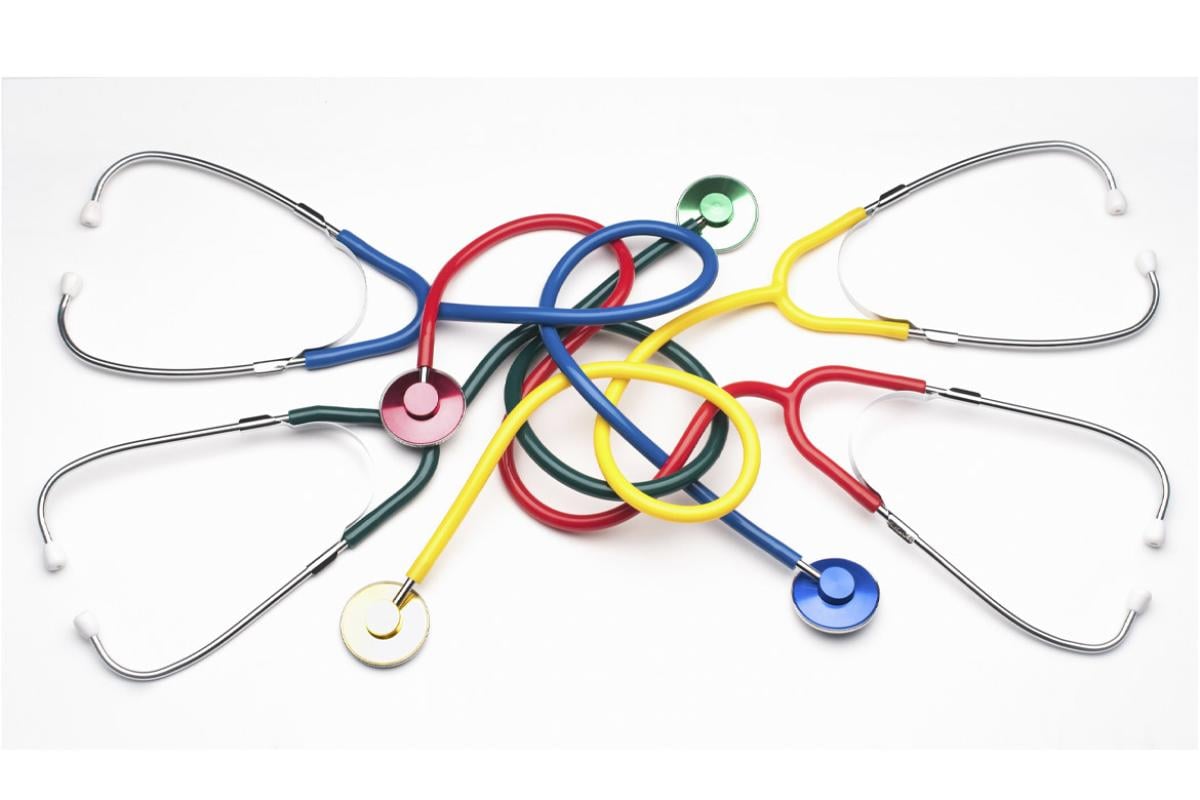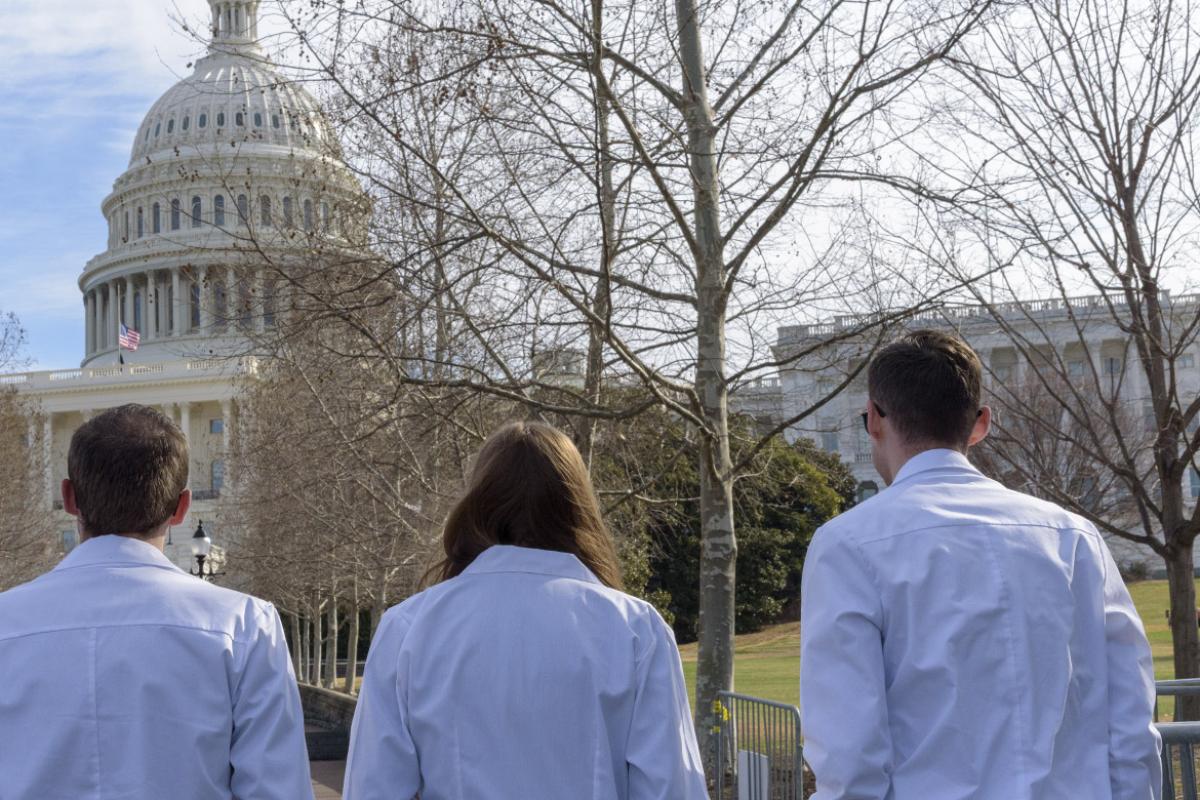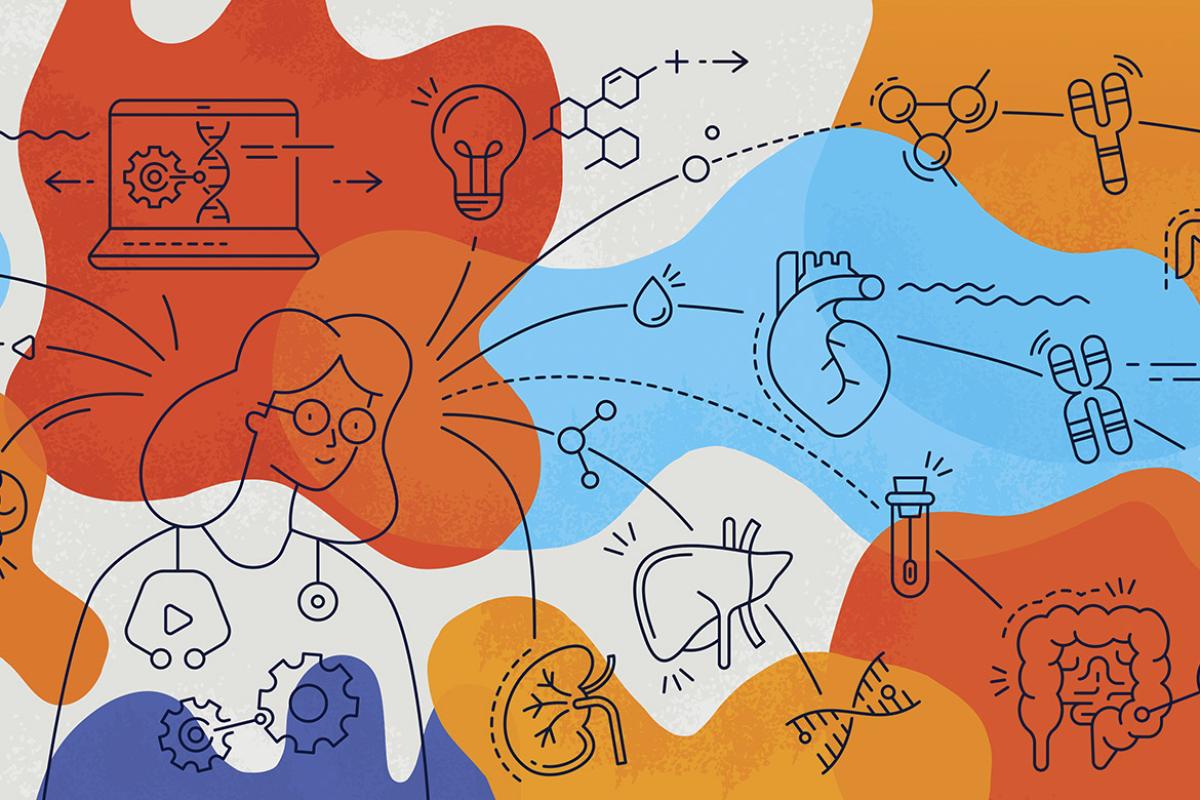If you’re preparing for the United States Medical Licensing Examination® (USMLE®) Step 1 exam, you might want to know which questions are most often missed by test-prep takers. Check out this example from Kaplan Medical, and read an expert explanation of the answer. Also check out all posts in this series.
A double-blind study of fertility-enhancing drugs is conducted. A 28-year-old woman is being treated with sequential doses of a hormone which produces a progressive rise in the hormone's plasma level over several days. Initially, the patient’s plasma levels of follicle-stimulating hormone (FSH) and luteinizing hormone (LH) decline, but later FSH and LH suddenly and dramatically increase.
Which of the following hormones is she most likely being treated with?
A. Estrogen.
B. Gonadotropin-releasing hormone.
C. Inhibin.
D. Progesterone.
E. Testosterone.
The correct answer is A.
Kaplan Medical explains why
The drug is promoting changes in estrogen levels and estrogen induced FSH and LH levels that would be expected to be occurring during a normal menstrual cycle. Estrogen levels are relatively low at the beginning of the menstrual cycle but rise slowly during the follicular phase.
Estrogen suppresses FSH and LH secretion during the follicular phase through negative feedback inhibition of the hypothalamic–pituitary–ovarian axis. Once plasma estrogen levels reach a critical threshold (as occurs with the repeated dosing described in this question), and that level is maintained for at least two days, the negative feedback loop changes to a positive feedback loop and a surge in FSH and LH secretion occurs. This sequence occurs at the end of the follicular phase, and the LH surge induces ovulation.
Why the other answers are wrong
Choice B: Gonadotropin-releasing hormone (GnRH) is produced by the hypothalamus and targets gonadotropes in the anterior pituitary. GnRH administration would initially stimulate FSH and LH secretion, but levels of both hormones would then fall due to downregulation of the GnRH receptors. A pulsatile infusion that mimics the normal pattern of GnRH release from the hypothalamus would promote a sustained increase in LH through GnRH receptor upregulation and gonadotroph sensitization.



